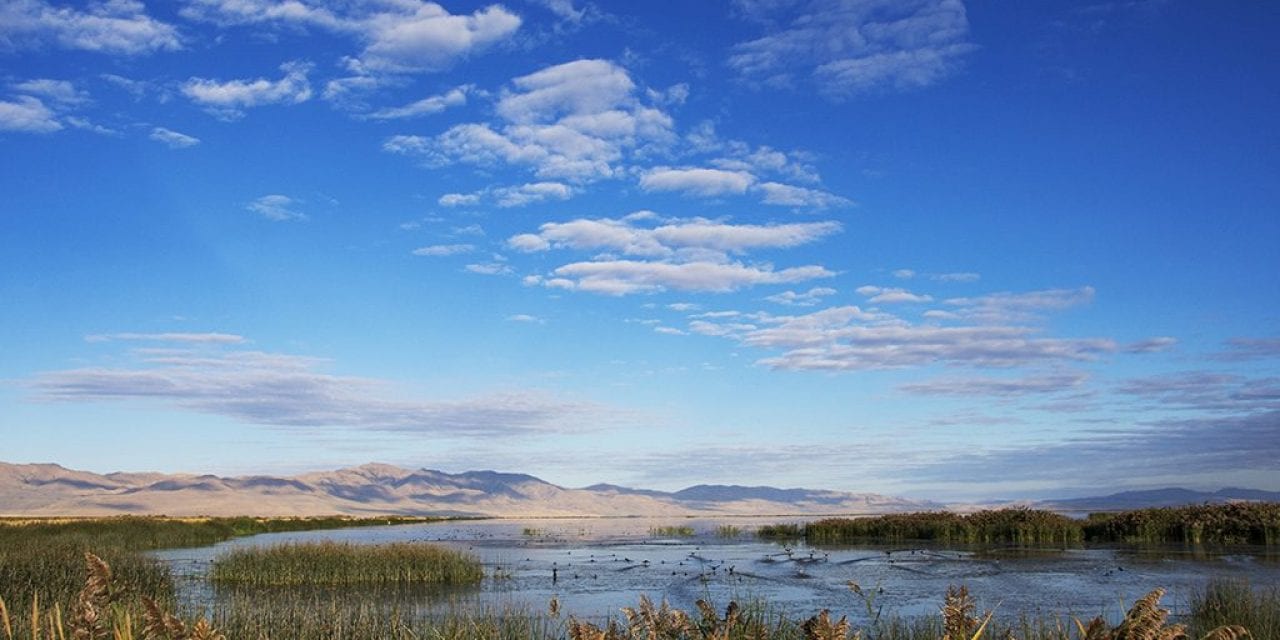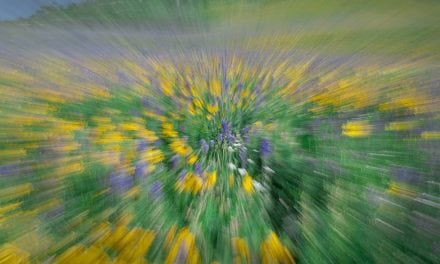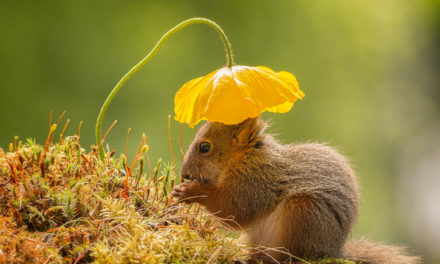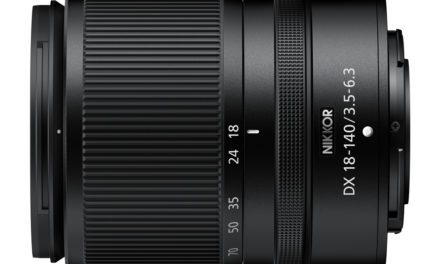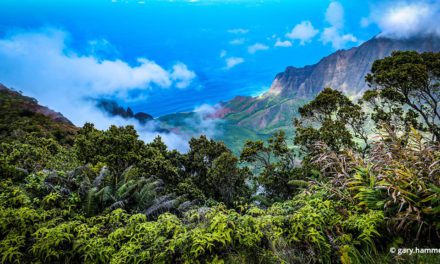With nearly 80,000 acres of freshwater and brackish marshes, open water, alkali mudflats, uplands and river delta, the Bear River Migratory Bird Refuge is an oasis in the desert of northern Utah for birds, animals, insects, plants and people. The refuge is on the western edge of the Central Flyway and the eastern edge of the Pacific Flyway. It provides critical habitat for more than 200 migrating species of birds that use the area for resting and refueling as well as nesting areas for more than 60 species. From the 12-mile self-guided auto tour route, there are grand sweeping views of the Wasatch and the Promontory mountain ranges to the east and west. To the south, on clear days, Antelope Island can easily be seen.
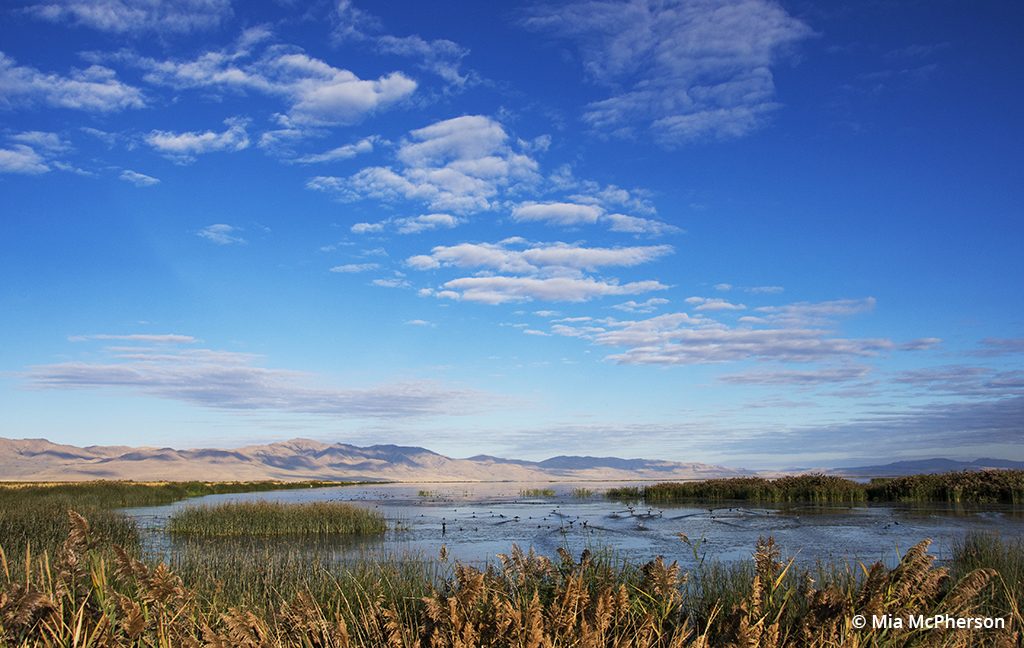
Bear River Migratory Bird Refuge is about 60 miles north of Salt Lake City and is near the town of Brigham City. The James V. Hansen Wildlife Education Center and refuge headquarters are about a quarter mile from Interstate 15 at exit 363, while the self-guided auto tour route is another 12 miles west from there on a paved road. Total distance to and from, including traveling the auto tour route, is 36 miles.
Weather
The weather at Bear River Migratory Bird Refuge varies with the seasons. Winter can be cold, snowy and windy, so dressing for the weather is critical. Summers can be quite warm, while spring and fall are pleasant. Caution is advised on the gravel auto tour route during winter because of snow and ice. During other seasons, when there has been rain, the road can become muddy. During the spring snow melt, the Bear River can rise and make the paved road out to the auto tour route impassable, so checking the refuge website for road conditions is advisable.
Photo Experience At Bear River Migratory Bird Refuge
As a bird photographer, I visit Bear River Migratory Bird Refuge often throughout the year for the birds, wildlife, scenic views, and the peace and quiet found at the refuge. During the winter, the sounds of thousands of tundra swans echo over the marshes. In spring, migrant wading and shorebirds arrive by the tens of thousands and stay until fall migration. Even though birds are my primary subjects, I can’t resist taking images of the mammals, insects, flora and surrounding landscape I see while traveling the auto tour route.
I used an AF-S DX NIKKOR 18-200mm f/3.5-5.6G ED VR II lens mounted on a Nikon D810 to create this image of the marsh at the refuge from the auto tour route in early autumn, with clouds, birds scattering across the water and the Promontory mountain range in the background.
Best Times
While I love the solitude of visiting the Bear River Migratory Bird Refuge marshes during the winter to photograph the tundra swans, bald eagles, barn owls and overwintering rough-legged hawks, I also enjoy spring at the refuge because it becomes noisier with bird songs when the migrants return and resident birds are singing on their breeding territories. Summer and fall are also great times to visit the refuge—summer because of the thousands of young birds that can be seen and photographed, and fall because of the migrants that come to the refuge to refuel on their way to warmer climates. I can’t think of a bad time to head to this jewel of an oasis in the desert!
Contact: U.S. Fish & Wildlife Service, fws.gov/refuge/bear_river_migratory_bird_refuge.
See more of Mia McPherson’s photography at onthewingphotography.com.
The post Bear River Migratory Bird Refuge appeared first on Outdoor Photographer.

